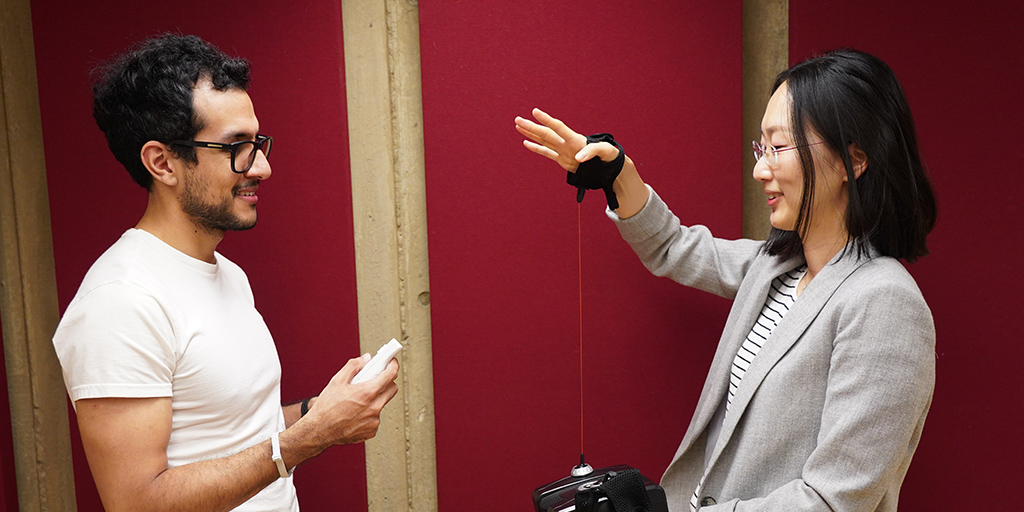The Center for Electronic and Computer Music (CECM) supports the composition and performance of new works of electronic music by students and faculty at Indiana University Bloomington. Our emphasis is on the contemporary classical varieties of this music, but our ears are open to the whole range of musical expression made possible by advances in computers and electronics.
We are committed to presenting music in concert. We offer two CECM concerts every year in Auer Hall at the Jacobs School of Music. We also hold additional events on and around campus, and we assist in including electronic music on other concert programs at Jacobs.

While we do not offer degrees in computer music research, we take an active interest in the latest advances in our field. Chi Wang explores sound design, data mapping, and performance using the Kyma hardware and software environment. She builds her own devices to interface with Kyma. John Gibson develops software for use with Max and collaborates with developers at Apple, Columbia University, and other academic institutions on RTcmix, a software synthesis program.
Some of our students travel to Paris each summer for training at Ircam, where they learn to use Ircam tools and benefit from the ideas of Ircam researchers and composers. Keeping up with the latest technical and aesthetic ideas is crucial for our mission of encouraging students to stretch their musical boundaries.

